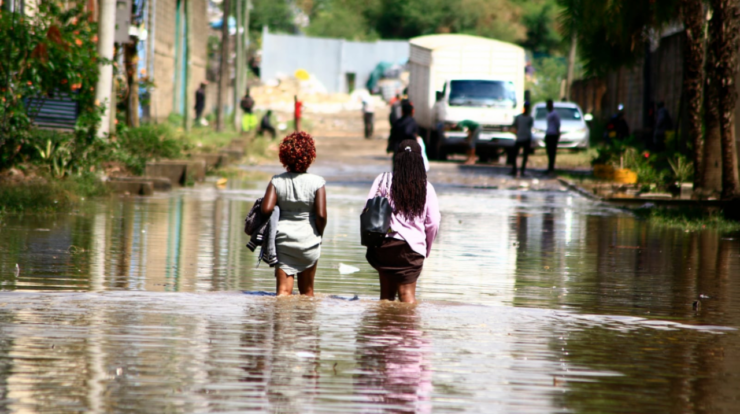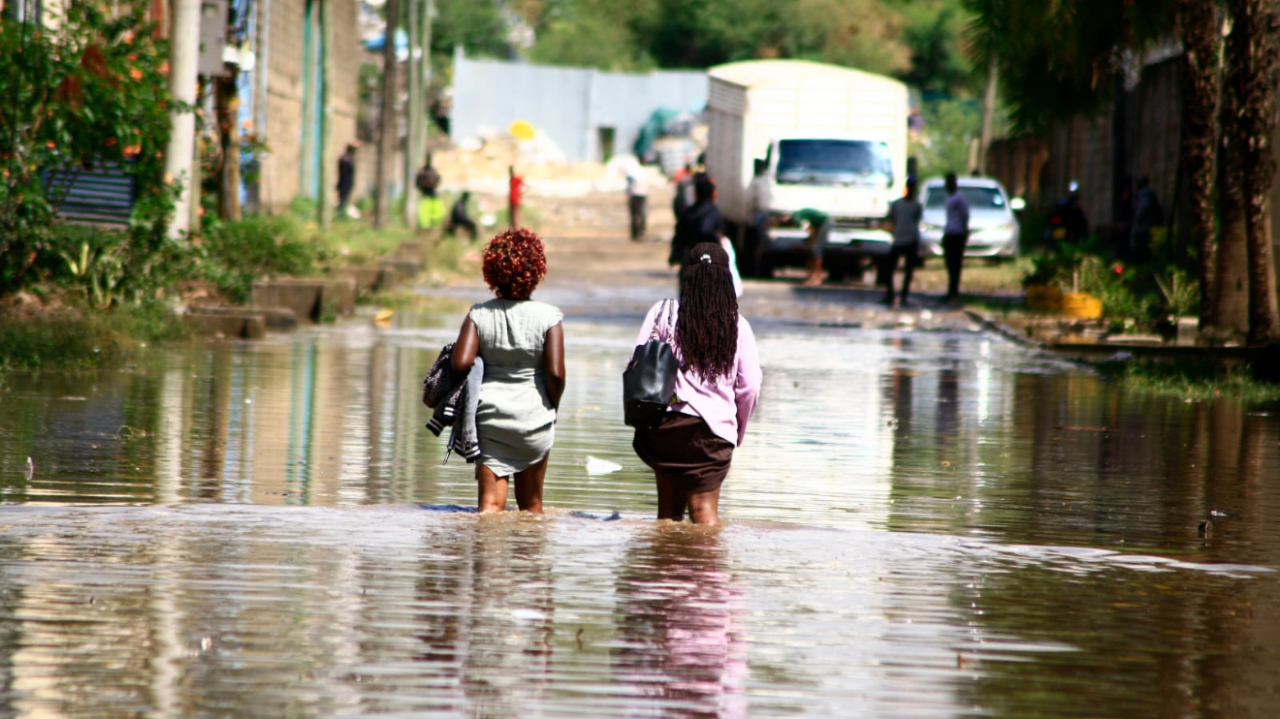
Kenya nairobi flooding – Kenya’s capital, Nairobi, has been ravaged by severe flooding, leaving a trail of destruction and affecting the lives of thousands. The relentless downpours have inundated streets, homes, and businesses, exposing the city’s vulnerability to the increasing frequency and intensity of extreme weather events.
The flooding has not only caused widespread displacement and property damage but has also disrupted essential services, such as healthcare, education, and transportation. The economic consequences are also significant, with businesses being forced to close and livelihoods being lost.
Overview of Flooding in Kenya’s Nairobi: Kenya Nairobi Flooding
Flooding has become a recurring challenge in Nairobi, Kenya, causing widespread damage and disruption. The city experiences heavy rainfall during the rainy seasons, which often leads to overflowing rivers and drainage systems. The flooding affects various parts of Nairobi, including residential areas, commercial districts, and infrastructure.
The flooding in Nairobi is attributed to several factors, including inadequate drainage infrastructure, unplanned urbanization, and climate change. Rapid population growth and the expansion of informal settlements have put a strain on the city’s infrastructure, making it vulnerable to flooding.
Impact of Flooding on Nairobi’s Population, Kenya nairobi flooding
The flooding in Nairobi has significant impacts on the city’s residents. The immediate effects include displacement, property damage, and disruption of essential services. Flooded areas become inaccessible, cutting off residents from healthcare, education, and transportation.
The long-term consequences of flooding include increased poverty, food insecurity, and health risks. Displaced families often struggle to find affordable housing, leading to overcrowding and unsanitary conditions. Standing water provides breeding grounds for mosquitoes, increasing the risk of waterborne diseases.
Government and Aid Responses to Flooding
The Kenyan government has implemented various measures to address flooding in Nairobi. These include constructing new drainage systems, upgrading existing infrastructure, and implementing flood warning systems. The government has also established disaster response teams to provide assistance during flooding events.
Aid organizations play a crucial role in supporting flood response efforts. They provide emergency aid, such as food, water, and shelter, to affected communities. Aid organizations also work with local communities to implement long-term flood mitigation measures.
Mitigation and Prevention Strategies
To mitigate the impacts of flooding in Nairobi, the city has implemented a combination of structural and non-structural measures. Structural measures include constructing dams, reservoirs, and drainage systems to control water flow and prevent flooding.
Non-structural measures include land use planning, public education, and community involvement. The city has designated flood-prone areas as no-build zones and is working to relocate residents from these areas. Public education campaigns aim to raise awareness about the risks of flooding and promote responsible land use practices.
Future Implications of Flooding in Nairobi
Climate change is expected to exacerbate flooding in Nairobi. Increased rainfall intensity and frequency will put further strain on the city’s infrastructure and increase the risk of flooding. The city needs to invest in sustainable urban planning and climate change adaptation measures to enhance its resilience to future flooding events.
Sustainable urban planning involves promoting green infrastructure, such as parks and wetlands, which can absorb rainwater and reduce runoff. Climate change adaptation measures include developing flood warning systems, implementing early warning systems, and strengthening community preparedness.
Concluding Remarks

The flooding in Nairobi is a stark reminder of the urgent need to address climate change and its devastating impacts. Sustainable urban planning and climate change adaptation measures are crucial to enhance the city’s resilience and protect its residents from future flooding events.
Helpful Answers
What are the main causes of flooding in Nairobi?
The flooding in Nairobi is primarily caused by heavy rainfall, inadequate drainage systems, and encroachment on natural waterways.
What are the long-term impacts of flooding on Nairobi’s urban development?
Flooding can damage infrastructure, disrupt essential services, and lead to displacement and loss of livelihoods. It can also increase the risk of waterborne diseases and exacerbate existing social and economic inequalities.
What measures are being taken to mitigate flooding in Nairobi?
The government and aid organizations are implementing a range of measures, including improving drainage systems, restoring wetlands, and educating communities about flood prevention.





